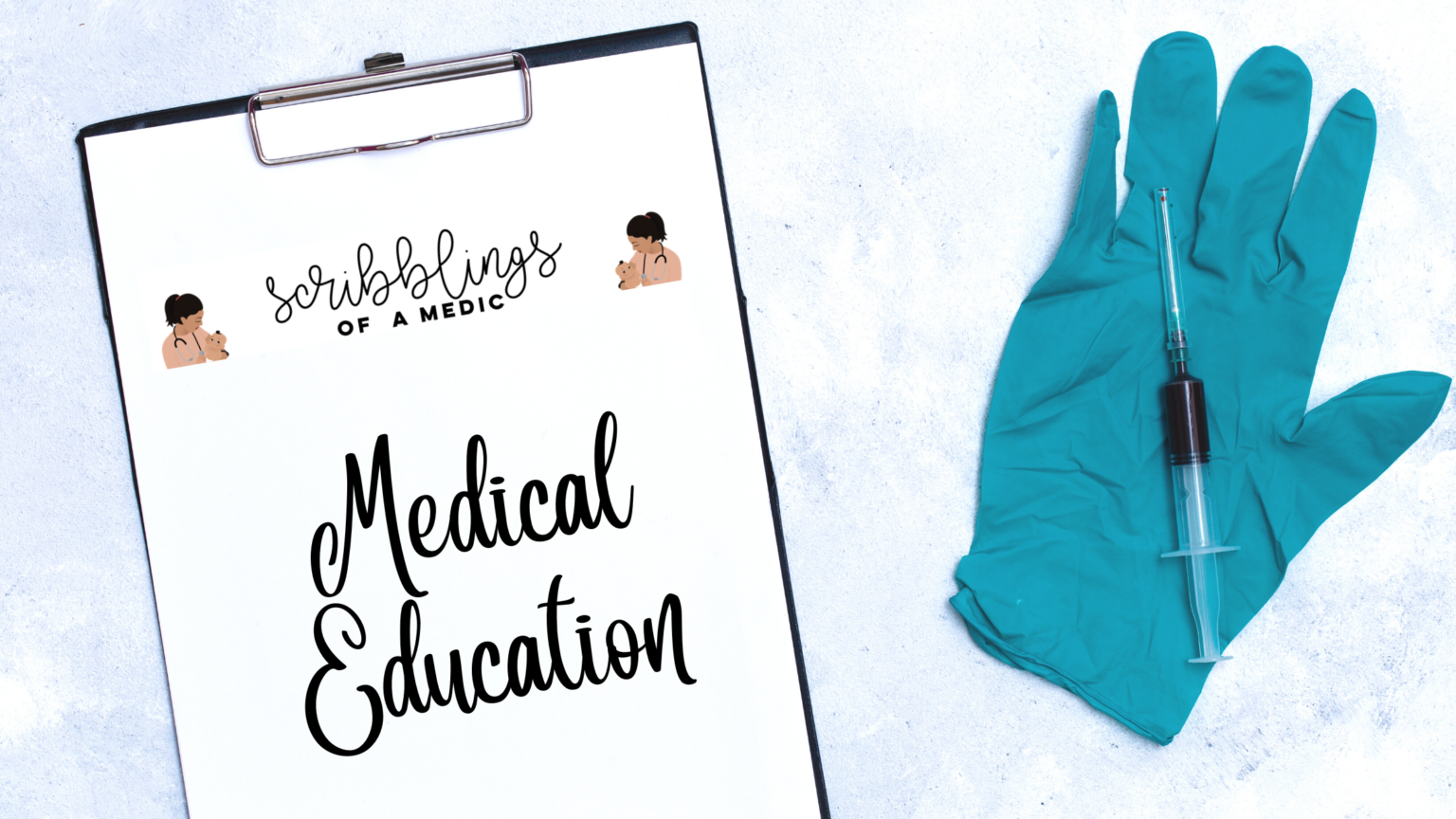Occasionally you get one of those nutty cases that leave you scratching your head. I was sent in this really interesting case from one of my gynaecology colleagues, take a read on below!
The background history
A 40-year-old lady was referred to the gynaecology ward from her local clinic as she had an intra-uterine copper device (IUCD) inserted, and when trying to remove the IUCD, the threads were missing. She had occasional lower abdominal pain that spontaneously resolved, but no associated fever or vaginal bleeding. Rest of the history and examination were also unremarkable except for the fact that the IUCD threads could not be seen on speculum examination. On introduction of artery forceps into the uterine cavity, the threads could still not be found.
So what happened next?

An urgent ward vaginal ultrasound scan was done only to find that the IUCD was nowhere to be found in the uterine cavity. It is also vital that via ultrasound scan, an intra-uterine pregnancy is also excluded. As the copper metal shows on x-ray, an abdominal x-ray was taken and the IUCD can clearly be seen in the abdominal cavity (Figure 1).
Other investigations also done included:
- Full blood count – needed for anaesthesia as well as for signs of infection
- C-reactive protein – for infection
Management plans?
An immediate diagnostic laparoscopy was performed to locate the IUCD after preparation for general anaesthesia. Intra-operative findings included dense adhesions involving the right fallopian tube and the cornu. The missing IUCD was eventually found in the pouch of Douglas (located behind the vagina). On manipulation, the uterine wall also perforated accidentally as the wall had become weak post-inflammation. A small pus collection in the pouch of Douglas was also found. The bleeding settled on its’ own, the perforation was sutured and the rogue IUCD removed.
Post-operatively the patient was given IV broad-spectrum antibiotics (Co-amoxiclav and metronidazole) for 3 days duration and was discharged thereafter with no complications at follow up.
- Missing threads are relatively common and always indicate a referral from a primary clinic to a hospital for Consultant opinion on management (link for NHS flow diagram on management).
- Most women will be asymptomatic till removal is required or pregnancy occurs.
- Abdominal x-rays and ultrasound scans are 1st line investigations with laparoscopy/laparotomy confirming diagnosis.





